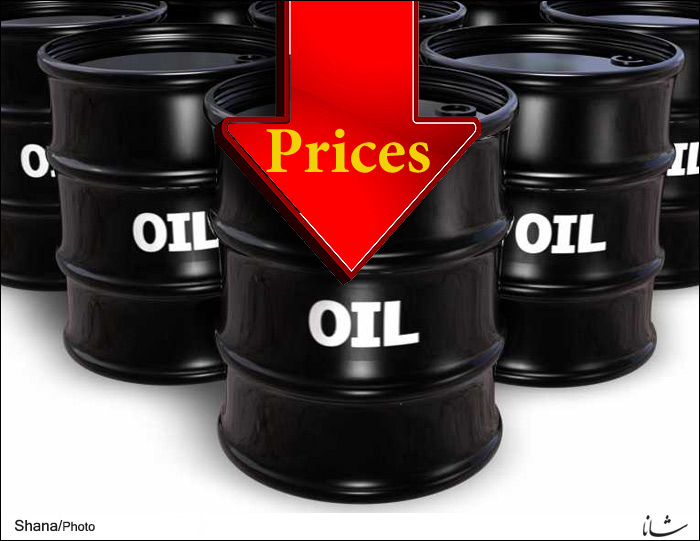16 months after Geneva agreement and extension of negotiations, finally Islamic Republic of Iran and 5+1 powers reached a deal, the Lausanne agreement, on April 02 to find solutions towards reaching a comprehensive solution that will ensure exclusively the peaceful nature of the Iranian nuclear program and the comprehensive lifting of all sanctions.
Now Iran and world powers have resumed nuclear talks since April 21 at the deputy level which is aimed at striking a final deal including lifting of sanctions.
The U.S and EU sanctions have already restricted Iran’s access to oil market so that the Islamic Republic of Iran has lost part of its market share which has been replaced by rising production from other OPEC members as well as Non-OPEC oil exporting countries.
The sanctions removed part of Iran’s oil from the market lowering Iran’s oil exports from 2.5 million barrels per day to less than one million barrels per day.
Now after reaching an agreement on a framework deal between Iran and 5+1 powers and setting June 30 as the deadline for reaching a final deal, possibility of striking a deal has affected oil markets and the idea of Iran’s getting back to oil market has caused some volatility.
Now that it is predicted striking a final deal will pave the way for Iran to boost its oil exports, it is expected OPEC, which procures around 30 million barrels per day, to make room for 1.5 million barrels of oil that Iran is expected to send to world market some time in the second half of 2015, otherwise OPEC may face further tumbling oil prices.
Based on these new realities, Iranian Minister of Petroleum Bijan Namdar Zanganeh, during a press conference on Tuesday, announced that it is expected OPEC to reduce its output by 5 percent to accommodate Iran, otherwise the oil market will experience glut in the aftermath of lifting sanction against Iran’s oil industry.
In case of lifting sanctions, it is evident that Iran won’t be able to come back to oil market immediately and it is expected the process to occur gradually due to some technical problems, but we should take into account that the process won’t take too long.
We should not forget that during the first half of 2015, as a regular trend at this time of year, oil demand goes down by nearly one million barrels per day and despite relative retreat of shale oil production and existence of a balanced market, any rising oil production by Iran could push prices further down during the second half of 2015 so that prices may once again hit the low record of 48 dollars per barrel this year.
As a matter of fact, Iran’s likely return to oil market and oversupply are the most important factors that are assumed to affect oil markets.
Having in mind the slowdown of shale oil production and possible return of Iran to oil market after lifting sanctions, OPEC has two choices: OPEC should accept prices below 50 dollars per barrel and to compete with Iran that will try to regain its market share or as Iranian Minister of Petroleum said to take necessary initiatives to cut production by 5 percent facilitating restoration of pre-sanctions order.


Your Comment